 |
O R A C L E O B S E R V A T O R Y Report 25-27 October 2008 |
|
|
This visit to Oracle Observatory was to test my newly received Meade 8" LX200-ACF telescope and to further test some accessories. This telescope is a replacement, higher-end telescope. Meade decided to upgrade me while they continue to resolve an issue with the 8" LX90-ACF model. The results of my testing are documented on my LX200-ACF reports page.
I arrived Saturday, 25 October, at 1220 MST. The skies were mostly clear with some high cirrus clouds to the southwest. The temperature was 80°F. There was no wind. I finished setting up at 1345 and viewed the sun with my PST (Personal Solar Telescope). There were no sunspots or prominences visible.
Here is the obligatory "set-up" photograph.
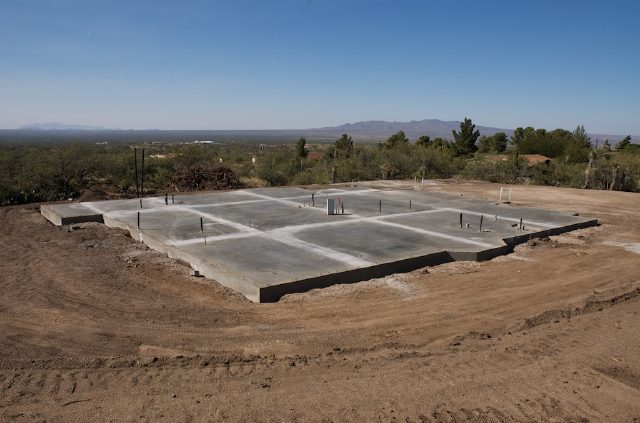
Actually, the above photograph shows the concrete slab for our new home in Oracle. It was poured on Friday, 24 October 2008; and this was how it looked when I arrived at Oracle Observatory. For more on the home building project, visit the "Road to Oracle" blog.
Now, the obligatory real "set-up" photograph. This shows the 8" LX200-ACF, my observing chair and table with accessories, my "relaxing" chair, and my tent.
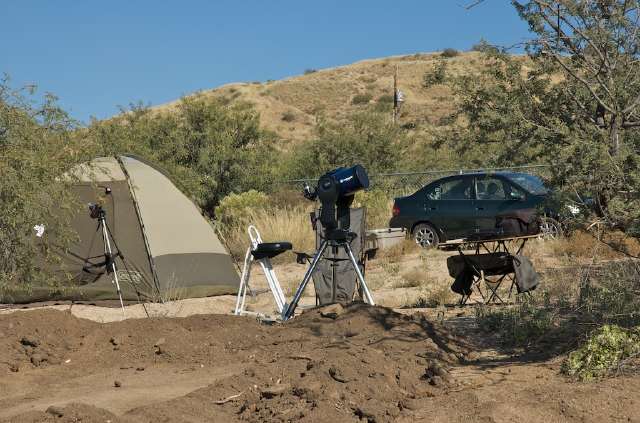
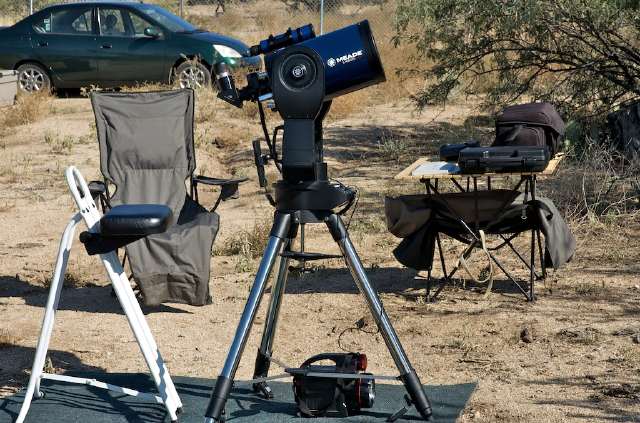
In my last report from Oracle Observatory, I mentioned that I was concerned about dust from the construction site. Fortunately, this visit I was able to set up in an undisturbed area and so dust was not a problem. At least when the wind was not blowing (more on that at the end of this report).
I did my customary "walkabout" from 1440-1505 MST. Here is some of what I saw.
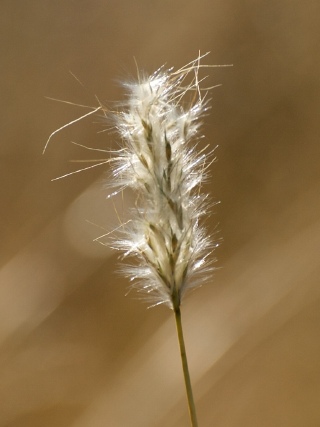
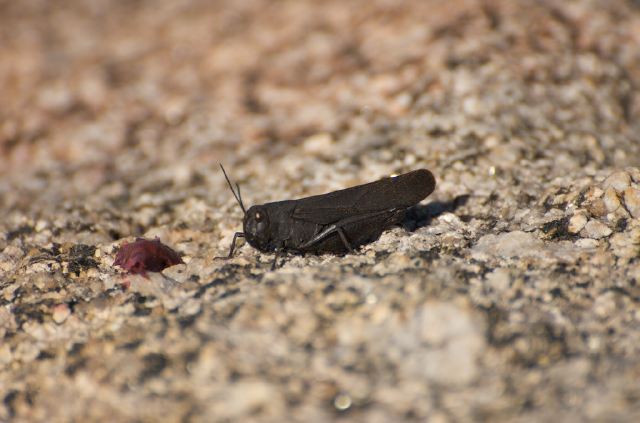
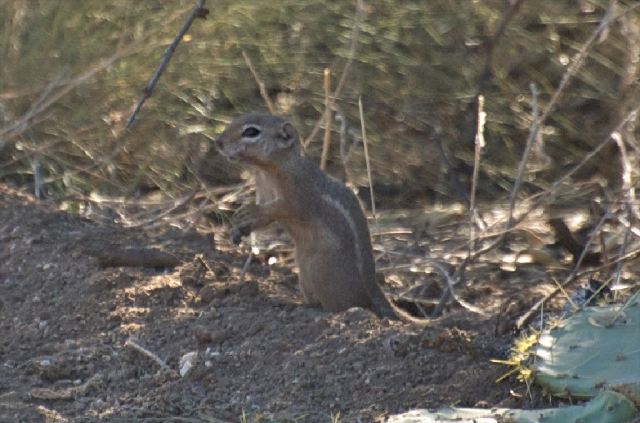
I then connected each of the telescope accessories I would be testing and photographed them for my reports. You can read the reports on my LX200-ACF page.
I then waited for sunset. Sunset was at 1739 MST, and the temperature was down to 63°F.
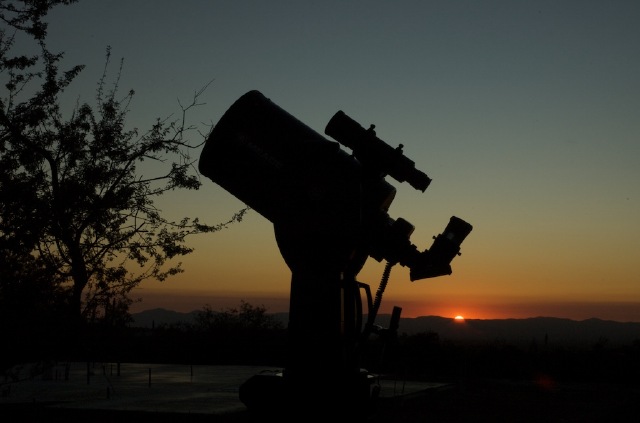
While waiting for dark, I did some quick views of Venus and Jupiter (and three of its moons) through the 8" telescope. I powered up the telescope at 1835 MST. At 1900 I did the "Great World Wide Star Count" test to determine the faintest star magnitude that could be seen from Oracle Observatory. I determined that Oracle Observatory has such dark skies that you can see down to magnitude 7 with the naked eye. That means that it is really a very dark site. But then I already knew that! On Monday after I returned home, I reported this result. You can also participate in the "Great World Wide Star Count". It is an easy test (no telescope required) and it is a valuable report to make on the spread of "light pollution". Visit their web site at: http://www.windows.ucar.edu/citizen_science/starcount/. This year's Star Count runs until 3 November 2008.
At 1915 MST, temperature 51°F, I began my telescope and accessories visual testing. (Photographic testing would be done the next night.) If you are interested in reading the results, visit my LX200-ACF page. I completed the tests at 2145. I decided to take a break for awhile and went into the tent and listened to two episodes of the "X Minus One" science fiction radio show on my iPod. I came back outside at 2300 MST, temperature 49°F, and did a few more visual tests. I closed up for the night at 2336 MST. The bottom line from tonight's visual tests of the 8" LX200-ACF is that it is definitely a "keeper". I was constantly amazed and thrilled with its performance.
On Sunday, 26 October, I woke up at 0500 and took a quick look at the still dark sky. The winter Milky Way was easily seen going from horizon to horizon. And the morning zodiacal light was clearly seen in the east. In many decades of observing the night sky, I had never seen the zodiacal light; but now from Oracle Observatory over the last couple of years, I have seen it in both the evening and the morning skies. To see the zodiacal light requires a really dark site, and Oracle Observatory meets that requirement.
I then went back into the tent for a little more sleep. I finally began my day 0815. The temperature was 63°F. At 0945 I looked at the sun with the PST. This time there were two small prominences visible.
During the day I did some reading and walking around the site. I took the following photos.
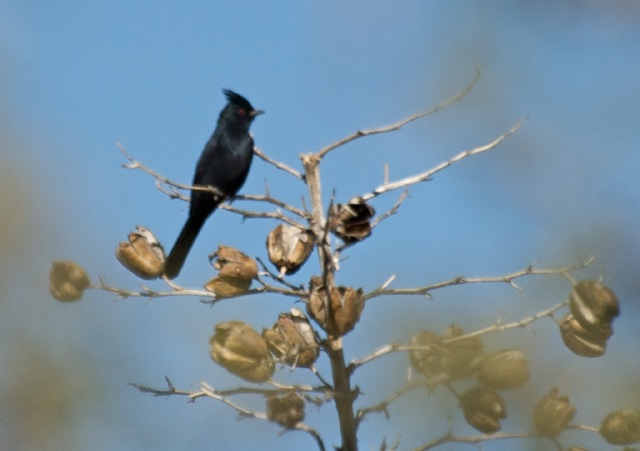
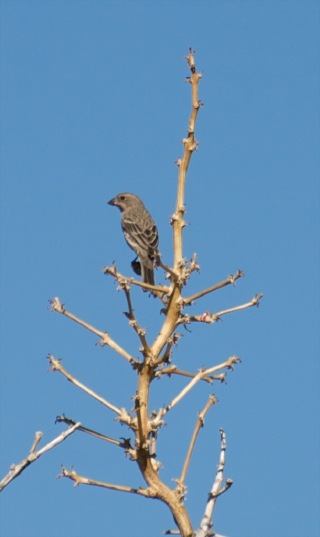
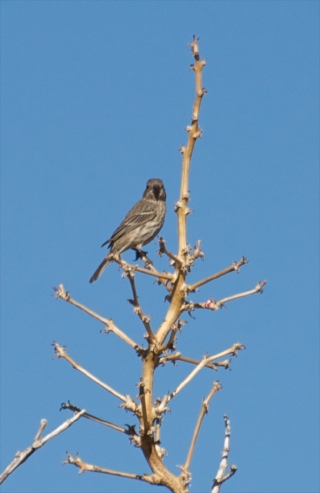
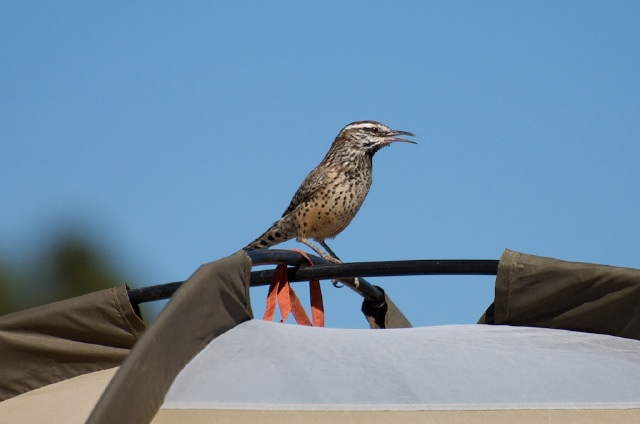
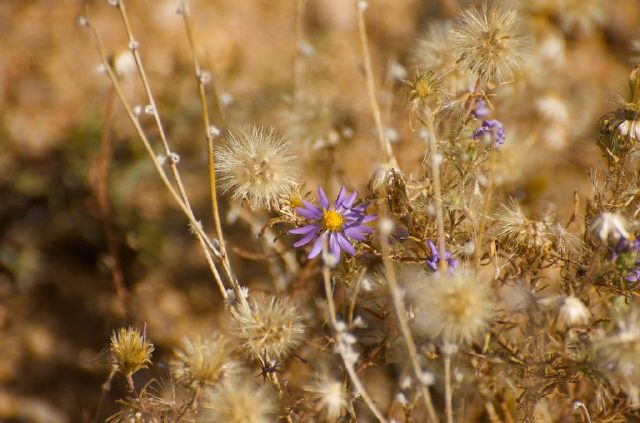
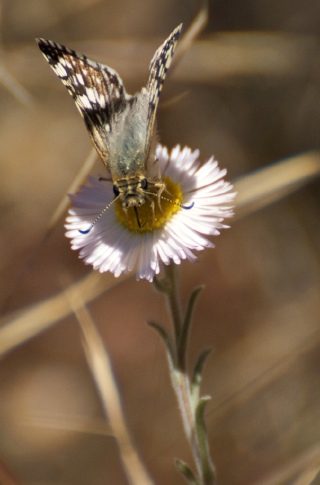
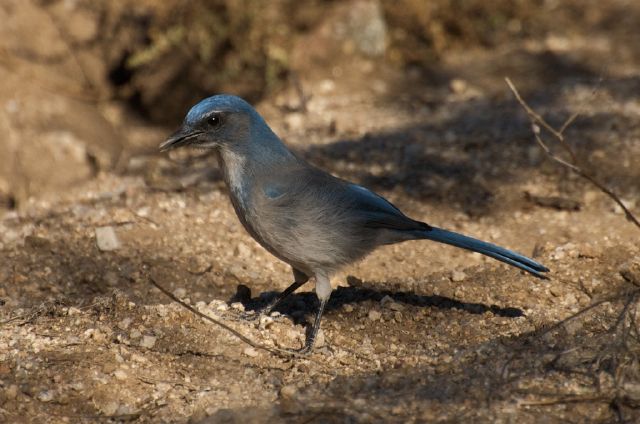
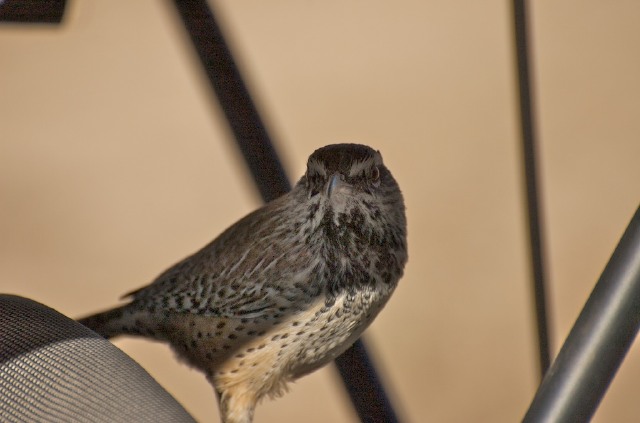
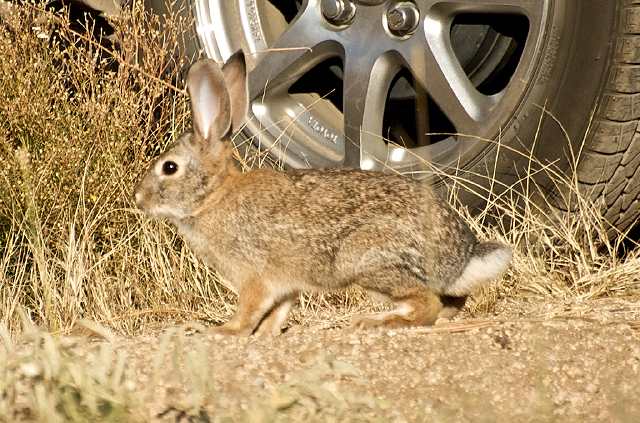
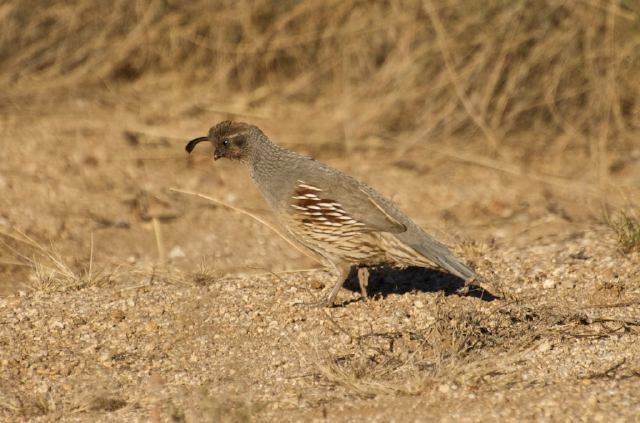
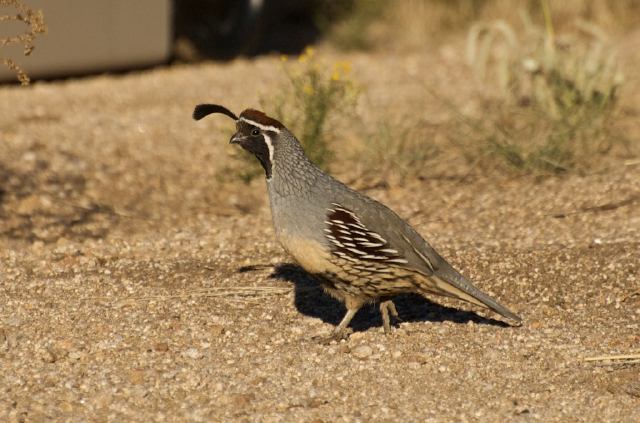
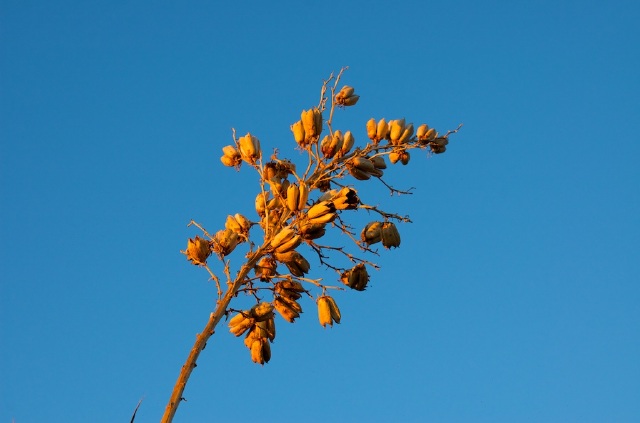
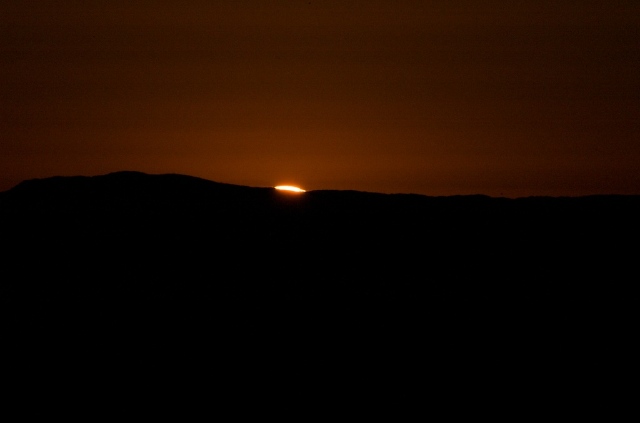
At 1745 MST, temperature 65°F, I began my night's work with the telescope. Here's a single-frame photograph of Jupiter taken with my Nikon D70 DSLR at prime focus (with a 2X Barlow Lens, effective focal length 4000mm):
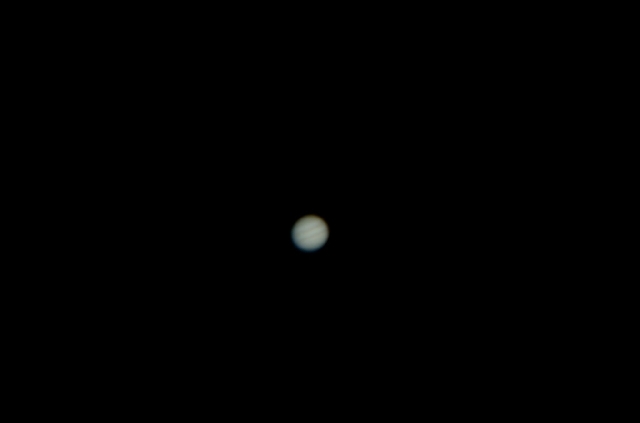
You can see a couple of cloud bands on the planet. I then decided to try capturing Jupiter with my iPhone (cell phone) camera. Here's the result:

This was taken by holding the iPhone camera lens over a 15mm eyepiece with 2X Barlow Lens (267X). A moon filter was attached to the eyepiece to reduce the amount of light coming into the camera. You can see the cloud bands, three of Jupiter's moons on the right, and if you look closely, you can see a star just left of Jupiter. By the way, this photo has received mention at the iPod Observer.
At 1840 MST, temperature 58°F, I began my photographic tests with the telescope and accessories. As part of the tests, I also did some astrophotography with my NIkon D70 DSLR. Here are the highlights:
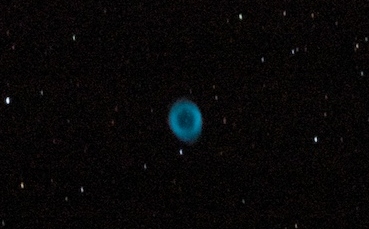
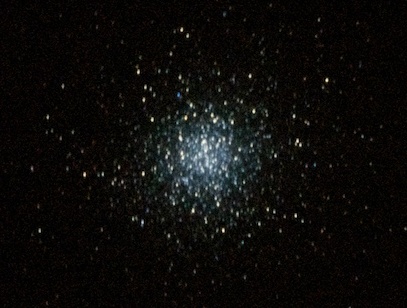
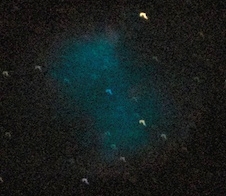
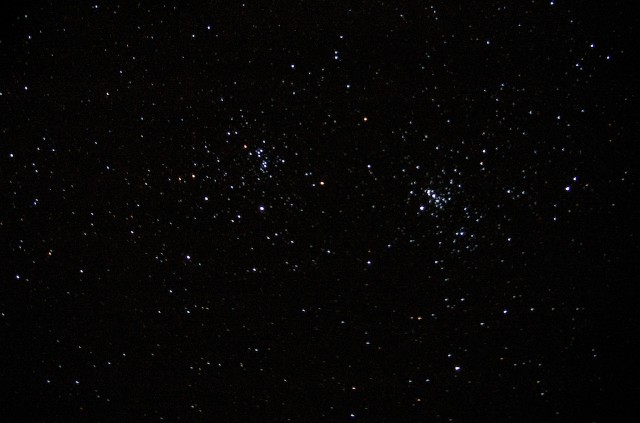
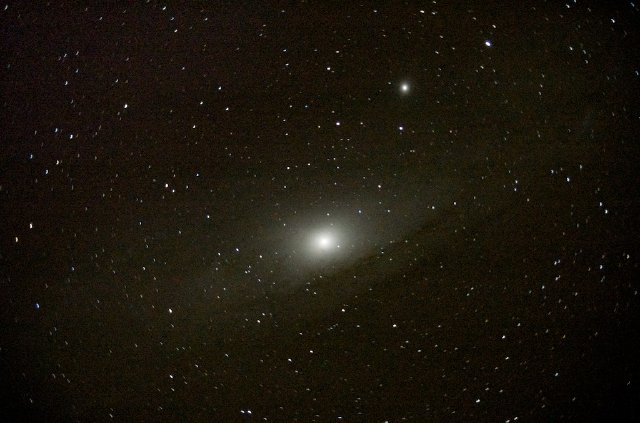
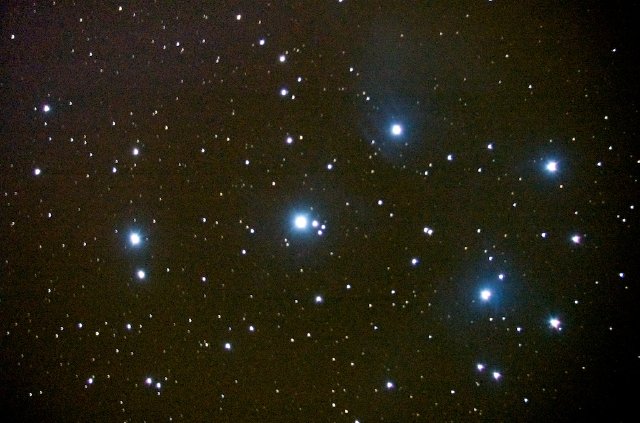
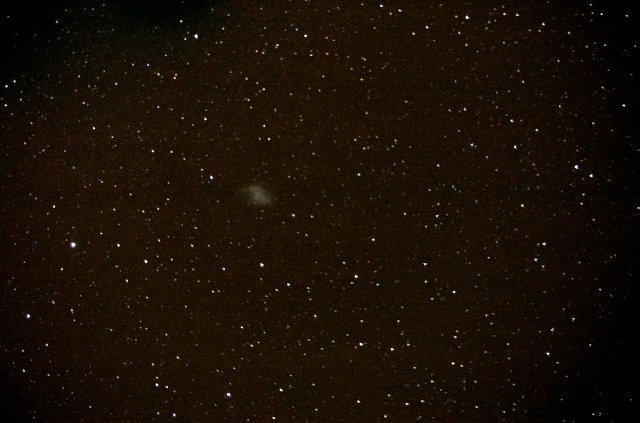
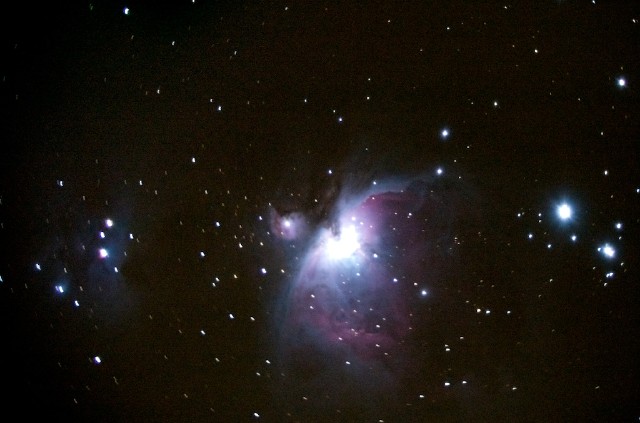
While I was taking all the photographs, a breeze began blowing. It was gentle for most of the time I was outside. But the temperature warmed up throughout the night. It was up to 70°F by the time I closed down for the night at 0030 MST.
At 0220 I was awakened by a strong wind that was buffeting the tent. I went outside to secure some of my equipment. At 0400 I was awaken by even stronger winds. I went outside and removed the telescope from its tripod and put it into a case. Some dust was blowing around, so I felt it was a good idea to do that, and I put some of the equipment inside the car. One of the tent's corner posts had been blown off a tent stake, so I had to replace that. At 0600 I woke up; the winds were still strong, with very strong gusts. I began loading up the remaining items into the car. When I got the tent taken down, the wind blew it and the tarp underneath on top of me! I had to just wad them up (instead of rolling them up) and stuff them into the car trunk. I finished loading at 0745, and the wind was still blowing.
Overall, I am pleased with my test results on the 8" LX200-ACF and the accessories I used. This was a highly successful and enjoyable two-night visit to Oracle Observatory.
Return to the Oracle Observatory Main Page.